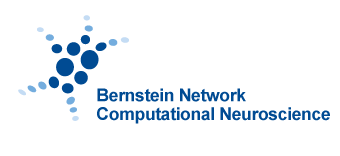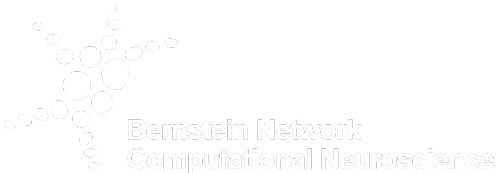Reading and speaking follow a similar tact
When we read, our gaze moves over the text in a certain pattern. This pattern resembles – to a surprisingly high degree – the rhythm of spoken language, as a team of researchers, with the significant involvement of Goethe University, has discovered. Their research results were published on 6 December in the journal “Nature Human Behaviour".

Photo by Joel Muniz on Unsplash
Bernstein member involved: Christian Fiebach
/UniFRA, Sauter/ When we read, we let our eyes wander over the text. In the process, our eye movements follow a characteristic temporal rhythm. In the framework of eye movement experiments and a meta-study with 14 different languages, an international team of researchers, with the significant involvement of Goethe University, has discovered that this temporal structure of reading is almost identical to the dominant rhythm of spoken language. It can be concluded from this, they say, that the processing of written language on the one hand and of spoken language on the other are far more similar than previously assumed. The research results have now been published in the scientific journal “Nature Human Behaviour”. Other research institutions involved were the University of Vienna, the Ernst Strüngmann Institute in Frankfurt, New York University, the Max Planck Institute for Empirical Aesthetics, also in Frankfurt, and the University of Salzburg.
Languages and writing systems are central elements of human communication. For thousands of years, writing systems have enabled us not only to share information face to face but also to store it in a tangible form and make it permanently available. “Reading is one of humanity’s most fascinating cultural achievements,” says first author Dr Benjamin Gagl, who until recently was a research associate at the Institute of Psychology, Goethe University. “Spoken language also influences reading. Until now, however, little has been known about the common underlying mechanisms of reading and spoken language,” explains Gagl, himself a psychologist.
Together with an international team led by Professor Christian Fiebach, Gagl explored these mechanisms by comparing the temporal structures of reading with those of spoken language. This revealed that the rhythmic sequences of eye movements when reading and the dominant rhythm in speech signals are almost identical. These findings shed new light on the interface between written and spoken language.
For their study, the team transferred frequency analysis methods, which are already widely used for examining phonetic speech signals, to the study of eye movements. This approach was applied in two studies at Goethe University and one at the University of Salzburg. Apart from a comparable rhythm in reading and speaking, a direct temporal coupling of reading and speech processes was detected in less experienced readers. More practiced readers, by contrast, read faster and were able to extract more information from the text between two eye movements. In addition, the authors documented in a meta-study all eye movement studies of reading published in scientific journals from 2006 to 2016 and estimated the temporal rhythm of reading for 14 languages and several writing systems. This revealed that reading rhythm is slower in logographic writing systems (such as Chinese), which can be explained by the greater effort required for the visual analysis of more complex characters.
“The results show correlations between spoken and written language in a novel and previously unknown way,” says Christian Fiebach. “In the course of evolution, the language processing systems of the human brain have specialised in the temporal sequences of spoken language. On the basis of our current results, we assume that these language systems serve as a kind of ‘clock’ for our eyes when reading, so that they send the information they’ve read to the brain in an optimal temporal rhythm and in this way facilitate its further analysis. This hypothesis can now be investigated in greater depth with the methodological approach presented here.”
Text: original press release
Publication
Gagl, B., Gregorova, K., Golch, J., Hawelka, S., Sassenhagen, J., Tavano, A., Poeppel, D. & Fiebach, C. J. (accepted). Eye movements during text reading align with the rate of speech production. Nature Human Behavior. https://www.biorxiv.org/content/10.1101/391896v3.full.pdf




